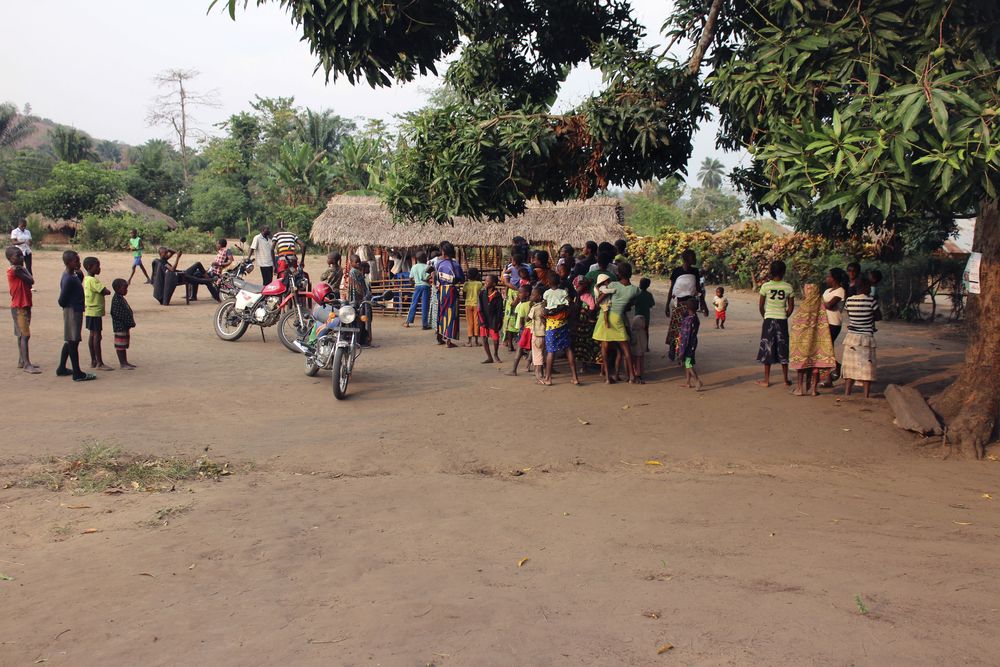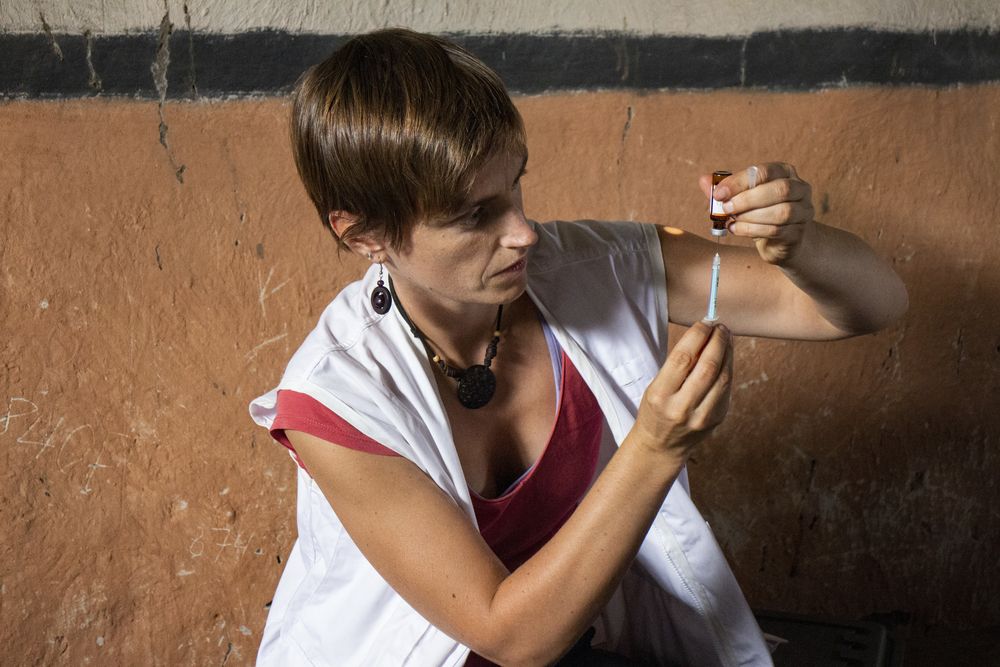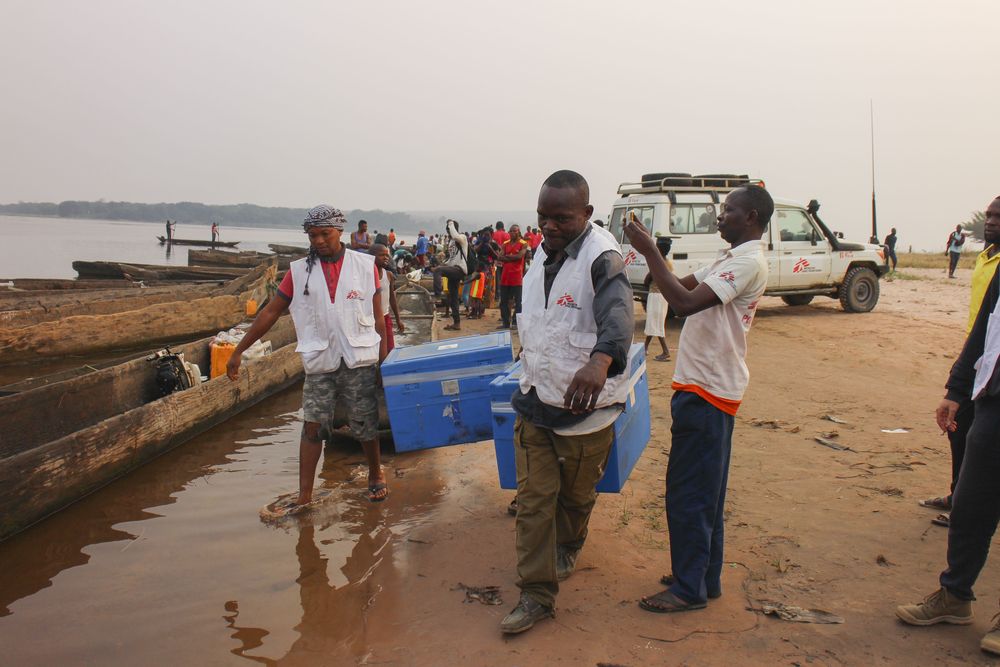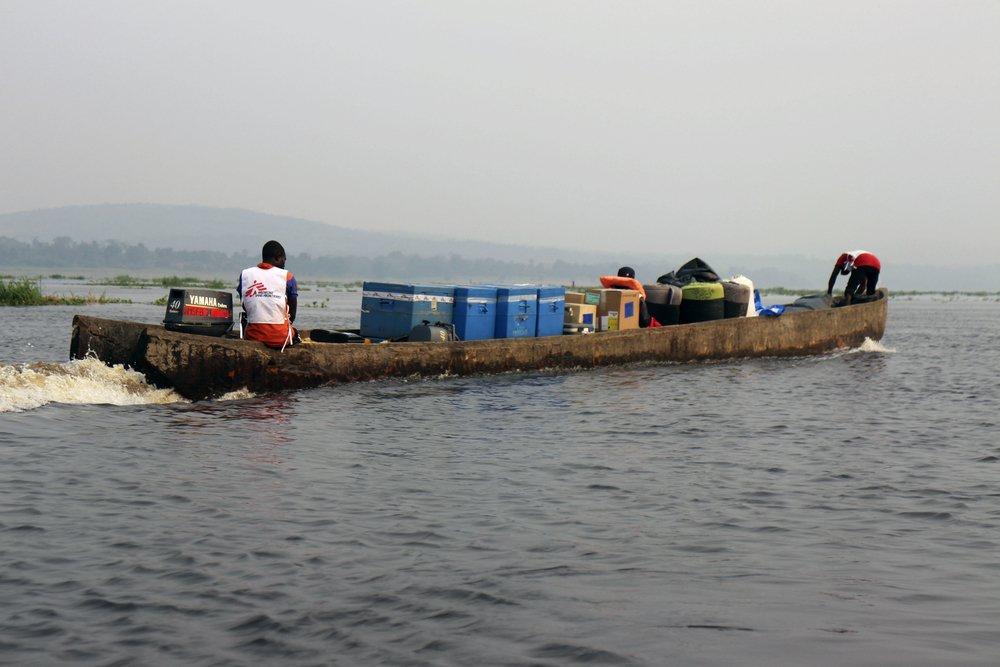The measles epidemic declared on 10 June is the deadliest that the Democratic Republic of Congo (DRC) has witnessed since 2011-2012.

Between January and early August 2019, it infected over 145,000 people and caused 2,758 deaths. Despite the scale of the epidemic, there is an alarming lack of actors and funds to respond to this crisis.
With only R38.39 million raised of the R136.67 million required for the Health Cluster response plan, the contrast with the Ebola epidemic in the east of the country, which attracts multiple organisations and hundreds of millions of rands in funding, is striking.
“While a rapid and adapted response is critical to limiting the impact of measles on the communities, on the ground we note the absence of actors and a flagrant lack of much-needed assistance,” warns Karel Janssens, Head of Mission of Doctors Without Borders (MSF) in the DRC.
The organisation has been fighting the outbreak alongside local teams of the Ministry of Health through its regular projects and emergency interventions in 13 provinces of the country.
Since the beginning of the year, MSF has vaccinated 474 863 children between 6 and 59 months old and provided medical care for 27 439 patients.

Most recently, MSF has been sending teams to new areas, such as the province of Mai-Ndombe, in the west of the DRC.
There, MSF has deployed an emergency team to limit the expansion of the epidemic in the health zones along the Kasai River: Kwamouth, Bolobo and Nioki.
Set up to be mobile and agile, the team moves its base continuously. This allows it to adapt the response to the needs identified on the ground and to reach people in remote areas where access to health care remains extremely challenging.
“Just to bring vaccines to places where children need to be vaccinated is a huge task. We have to keep the vaccines within strict temperature limits, which means setting up a ‘cold chain’. This requires refrigerators, generators, fuel and fast transportation, as well as a maintenance system. Many health zones do not receive any support from other organisations, despite evident needs,” explains Pierre Van Heddegem, Field Coordinator of MSF’s measles emergency team.
Unless there is a massive mobilisation of funds and response organisations, this outbreak could get even worse.

“Two months after the official declaration and a few weeks before the start of the school year, the measles epidemic shows no signs of slowing down. In fact, since July the epidemic has worsened, with a rise in new cases reported in several provinces. If we want to contain the outbreak, it is imperative to strengthen the response, and to do it immediately,” concludes Karel Janssens.
Measles is a highly contagious viral disease for which no treatment exists. The only way to fight it is vaccination and treatment of the symptoms in the hope that the patient will be strong enough to naturally fight off the infection.
MSF has been present in the Democratic Republic of Congo (DRC) since 1977. The organization has several emergency response teams across the country to respond to health and humanitarian emergencies (epidemics, pandemics, population displacement, natural disasters, etc.). These teams ensure epidemiological surveillance and when necessary provide emergency-response medical action aimed at limiting morbidity and mortality.
Follow us on Facebook (MSF RDCongo), Twitter (@MSFcongo) and Instagram (MSF_rdcongo)
For any contact:
Anna Fliflet
Field Communication Manager DRC
+243 841 362 271, msfocb-rdc-com@brussels.msf.org
